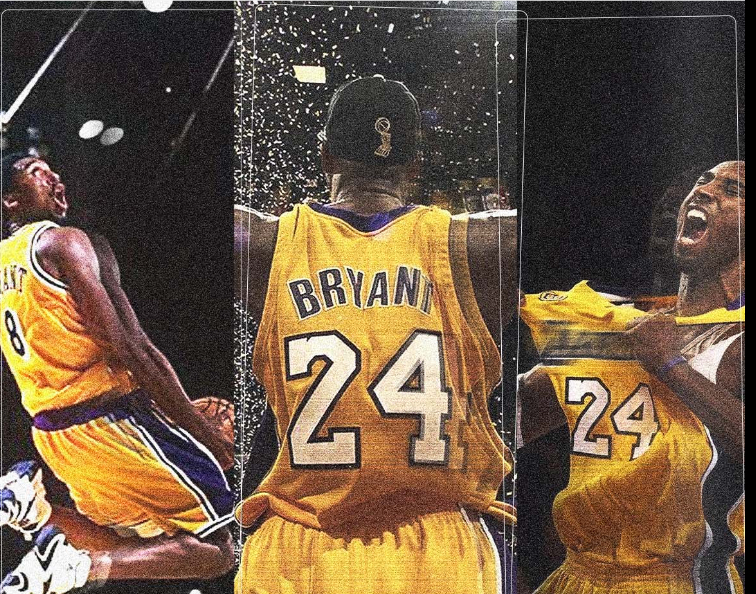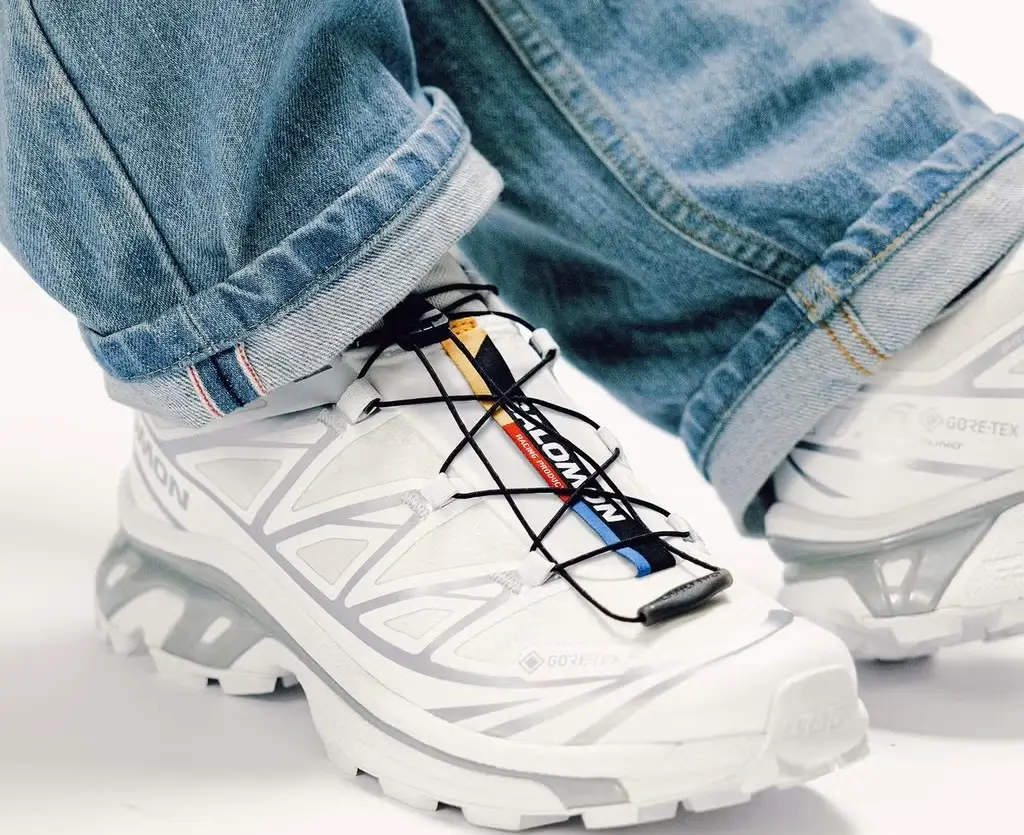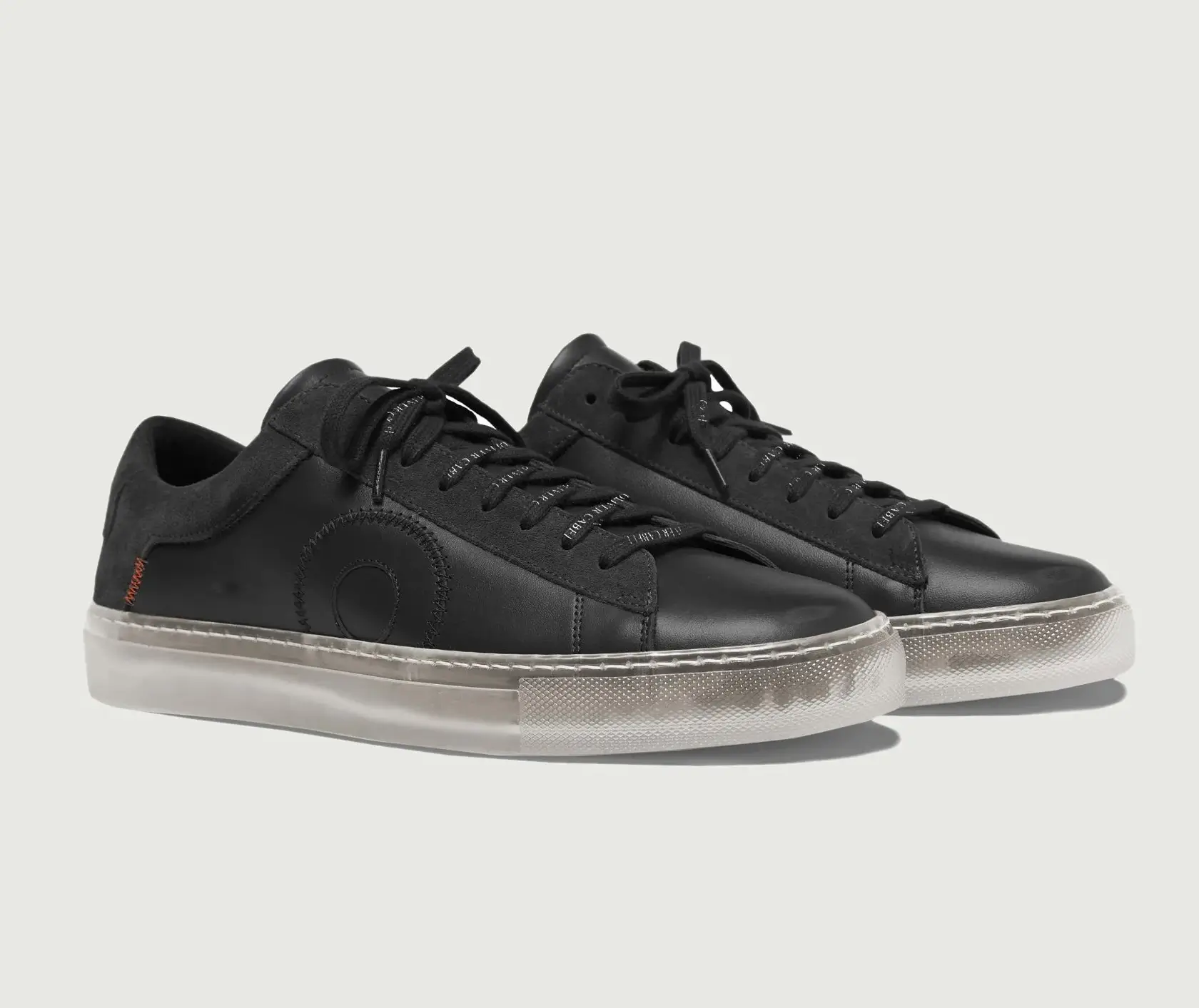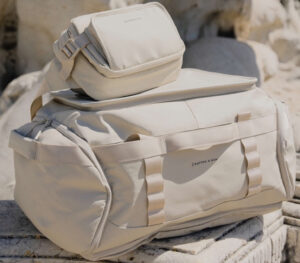When Kobe Bryant coined the term “Mamba Mentality,” it quickly transcended its origin as a personal mantra and became a universal ethos. It embodied discipline, fearlessness, adaptability, and an obsessive commitment to self-improvement. But Bryant didn’t just preach the mentality—he wore it. And so did millions who laced up his signature footwear, each pair a tactile embodiment of the values he lived by.
From the hardwood to the hallways of middle schools, from Olympic podiums to streetwear runways, Kobe’s shoes told a story far beyond sport. They evolved into a living archive of performance innovation, design disruption, and cultural reverence, ultimately culminating in a philanthropic legacy that still reverberates through courts and communities.
This is not just a history of shoes. This is a meditation on how footwear became philosophy—how soles carried soul.
The Historic Beginnings: Risk, Rupture, Reinvention
Kobe Bryant’s footwear odyssey began in the mid-1990s with Adidas. Still a teenager entering the NBA straight out of Lower Merion High School, he was signed as the centerpiece of the brand’s basketball future. The Adidas KB8 and the Adidas The Kobe series were distinctive and ambitious—but polarizing. The “space boot” aesthetics of the Adidas Kobe 2 failed to connect, and by the early 2000s, Kobe had bought out his contract.
He spent the 2002–2003 season sneaker-free, playing in everything from Air Jordans to AND1s, testing the ground like a nomadic icon before finding the right fit. Then came 2003: Kobe signed with Nike, setting in motion what would become one of the most transformative footwear lines in basketball history.
This was more than a sponsorship—it was a rebirth. And it came with a challenge: Kobe wasn’t just looking for a shoe. He wanted a tool, something that mirrored his game and mindset. Precision. Responsiveness. A sense of total control.
Design Language of Discipline
The Nike Zoom Kobe 1, released in 2006, was the first step in this new direction. It brought a more grounded silhouette—practical and durable—but its follow-ups would redefine not just Kobe’s legacy, but industry norms.
The Zoom Kobe IV was the great disruptor. At a time when high-top shoes were synonymous with basketball, Kobe insisted on a low-cut performance shoe, inspired by soccer cleats. The gamble paid off. The Kobe IV combined Flywire technology, Zoom Air cushioning, and lightweight mobility. It proved that low tops could still protect and perform, unlocking a design shift that would sweep through the NBA in the following years.
From the Kobe V through the Kobe X, each model improved upon the last, incorporating Lunarlon midsoles, carbon fiber shanks, and eventually Flyknit uppers, making Bryant’s line a benchmark for how performance, style, and storytelling could converge.
And these weren’t just shoe—they were chapters. Each model reflected Kobe’s mindset at the time, with colorways inspired by his achievements, inspirations, and personal symbols: “Prelude,” “Bruce Lee,” “Fade to Black,” “Mambacita.” Footwear became biography.
Cultural Reverence and Style Evolution
Though born on the court, Kobe’s shoes quickly found life beyond it. They were embraced by high school players, G League hopefuls, Olympic athletes, and pro stars alike. NBA players like DeMar DeRozan, Devin Booker, and P.J. Tucker continued to wear Kobes as a badge of honor, long after his retirement and passing. In the WNBA, Sabrina Ionescu, a mentee of Kobe, helped bridge that legacy for a new generation.
Kobe shoes became canon—not just collectibles, but codes of allegiance.
The aesthetic was minimalist, almost Zen-like. No flashy gimmicks. No unnecessary overlays. Just function rendered in form. That philosophy mirrored Kobe’s own game: footwork over flash, economy of motion, style through substance. As shoe culture grew more performative, Kobe’s designs reminded people of the root: performance.
Yet somehow, his shoes were still street-savvy. They matched with cuffed jeans, they appeared in editorial spreads, they were worn at Coachella and in Capitol Hill gyms. They lived everywhere because their meaning traveled with them.
The Mamba Protro Movement
Following Kobe’s retirement in 2016, Nike introduced the “Protro” series—a portmanteau of performance retro—updating classic Kobe silhouettes with modern tech. This wasn’t a typical nostalgia play. It was Kobe’s idea. “We’re not going to bring them back just because,” he said. “We’re going to improve them.”
The Protro line modernized midsoles, improved traction, refined fit, and honored the original aesthetics. It reflected a key tenet of the Mamba Mentality: even the past can evolve.
This approach resonated with athletes and collectors alike. It turned archival reverence into functional renaissance, and it kept the line relevant even after Kobe’s untimely passing in 2020.
Loss, Legacy, and the Ethics of Demand
After Bryant’s passing, Kobe shoes became more than items—they became shrines. Demand surged, prices skyrocketed, and access disappeared. The conversation around his shoes turned into one about ethics, equity, and authenticity. Should these symbols of grit and giving be commodified? Should they be accessible to the kids who looked up to Kobe?
Vanessa Bryant, determined to protect Kobe’s legacy, paused the Nike partnership in 2021, citing concerns about availability and exclusivity. In 2022, the partnership resumed—under new terms. Vanessa made it clear: this wasn’t about commerce. This was about mission.
That clarity gave birth to a new approach, one centered on community, youth, and Kobe’s spirit of excellence. Each drop became an opportunity—to remember, to reflect, to recommit.
The Philanthropic Soleprint: Mamba & Mambacita Sports Foundation
Philanthropy has always been integral to Bryant’s post-retirement life. The Mamba & Mambacita Sports Foundation, co-led by Vanessa Bryant, champions youth empowerment through sport, especially for underprivileged and underrepresented communities.
Nike has committed to donating proceeds from Kobe releases to the foundation, making each shoe release a funding vehicle for scholarships, gear grants, and sports programs. This isn’t symbolic. This is functional philanthropy—every pair sold becomes minutes of gym time, hours of coaching, months of growth for a young athlete.
In this way, Kobe’s legacy is not just being remembered. It is being reinvested. The shoes are still teaching—just not with words.
The Prevailing Present and Future Forward
Today, the Kobe brand is in resurgence. The “Halo” editions, the “Reverse Grinches,” the “Mambacita Sweet 16” tributes—they’re all markers of a line that refuses to fade.
But what’s more important is how these shoes are released. Nike, under Vanessa’s stewardship, has shifted toward community-centered storytelling. Pop-ups in local gyms, direct donations to AAU teams, shoe workshops for underserved girls—this is the Mamba Mentality made tangible.
Looking forward, the brand isn’t just planning for more drops—it’s setting the stage for next-gen mentorship, sustainability initiatives, and eventually, a design incubator program bearing Kobe’s name.
The vision is clear: not everyone can wear the shoes, but everyone can walk the path.
Impression
To own a pair of Kobe’s isn’t just to wear great kicks. It’s to wear a story. A philosophy. A challenge.
The shoes were never designed to make you look cool—they were designed to make you better. They reward hard cuts, discipline, repetition. They ask questions: Are you improving? Are you adapting? Are you obsessing over the details?
That is the Mamba Mentality.
And so we lace them up—not just to hoop, but to honor. Not just to run, but to reflect. Because in every stride, we carry Kobe’s voice, his vision, his vow:
“Be better today than you were yesterday. And be better tomorrow than you are today.”
No comments yet.








